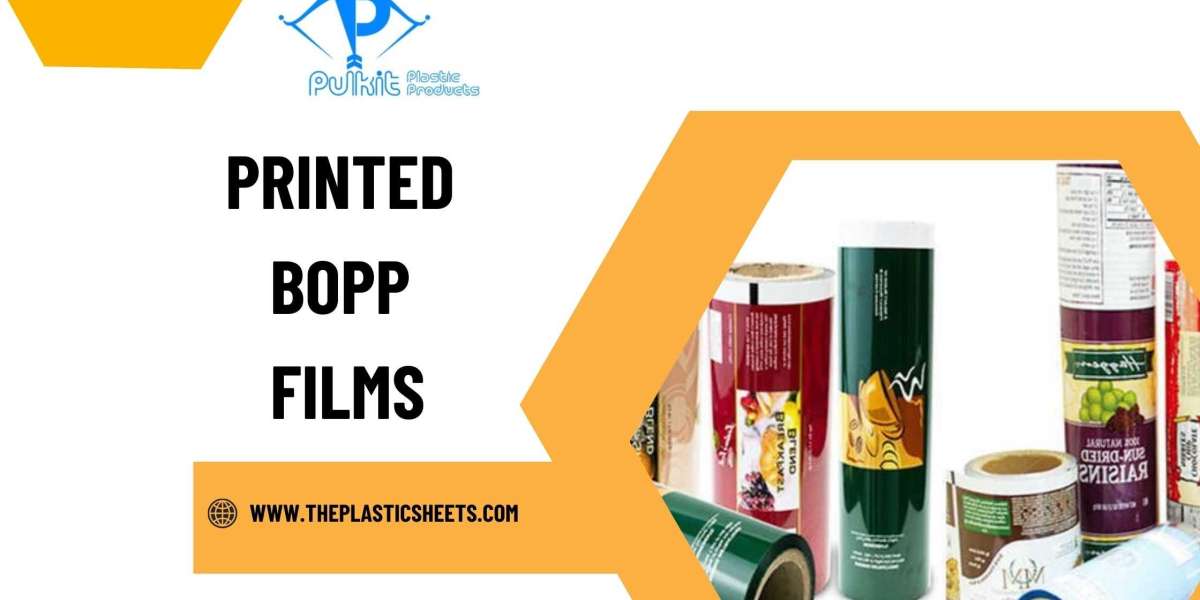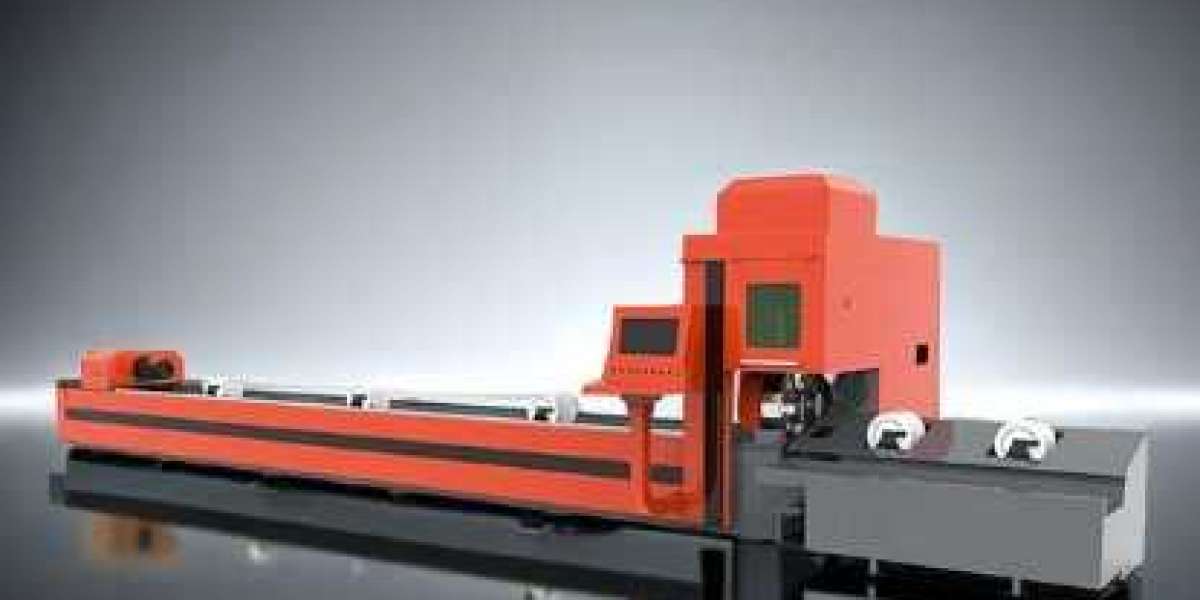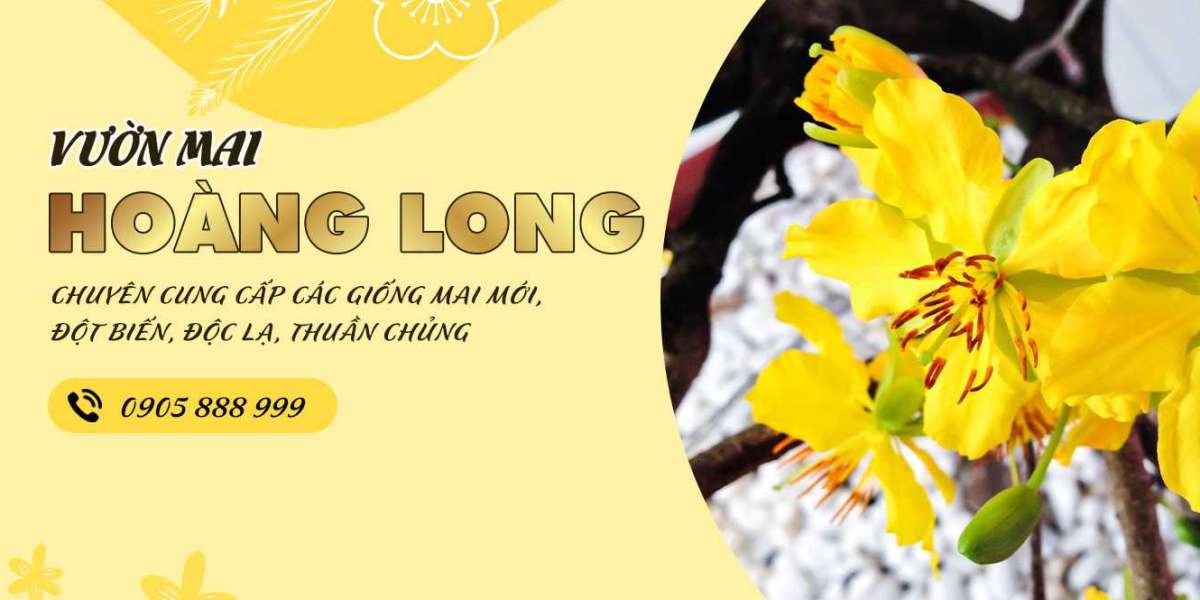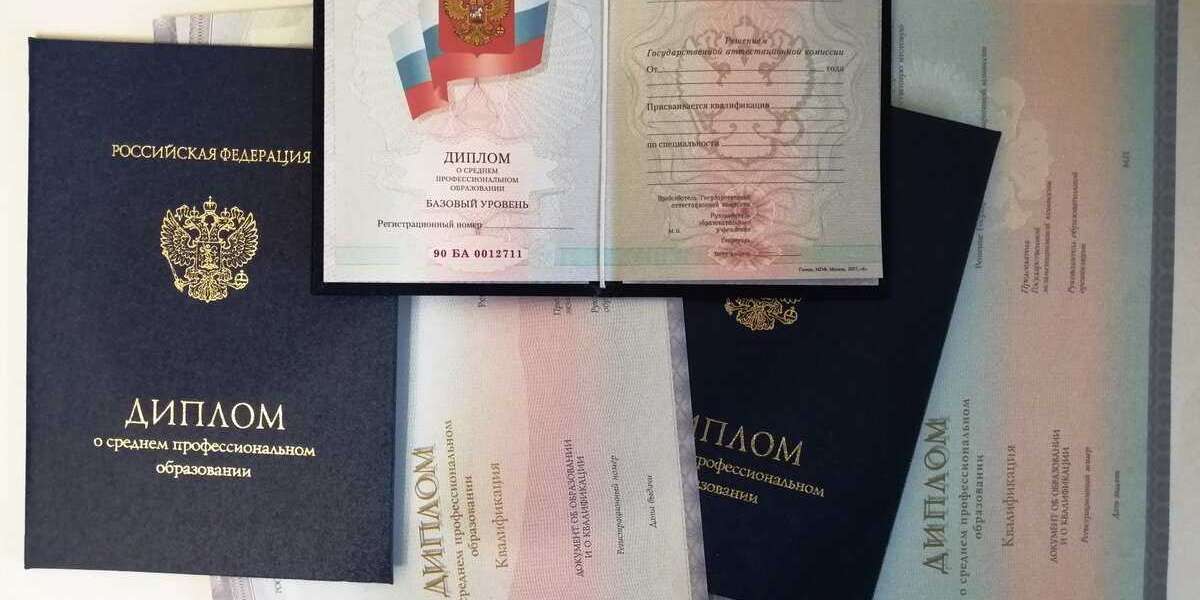In today's competitive marketplace, packaging plays a crucial role in attracting consumers and protecting products. Among the various materials used in packaging, Biaxially Oriented Polypropylene (BOPP) film stands out for its versatility, durability, and cost-effectiveness. Printed BOPP films, in particular, offer an exceptional combination of functionality and aesthetics, making them a popular choice for a wide range of applications. This article delves into the world of printed BOPP films, exploring their properties, applications, benefits, and the key players in the industry.
What is Printed BOPP Film?
BOPP film is a polypropylene film that has been stretched in both machine direction (MD) and transverse direction (TD), enhancing its strength, clarity, and stiffness. This biaxial orientation provides superior tensile strength, puncture resistance, and dimensional stability compared to non-oriented polypropylene films.
Printed BOPP film is essentially BOPP film that has been subjected to a printing process. This printing can be achieved using various techniques, including flexography, rotogravure, and digital printing, allowing for high-quality graphics, branding elements, and product information to be incorporated directly onto the film. The printing process also utilizes specialized inks and coatings that adhere strongly to the BOPP surface and provide resistance to abrasion, chemicals, and UV light.
Key Properties of Printed BOPP Film:
Several properties contribute to the widespread use of printed BOPP film in packaging:
- High Tensile Strength: BOPP film exhibits excellent tensile strength, making it resistant to tearing and stretching during handling and transportation.
- Excellent Clarity: The film's clarity allows for clear visibility of the packaged product, enhancing its appeal to consumers.
- Moisture Resistance: BOPP film is inherently resistant to moisture, making it suitable for packaging products that are sensitive to humidity.
- Chemical Resistance: It resists many common chemicals, protecting the packaged product from contamination.
- Printability: BOPP film provides an excellent surface for printing, allowing for vibrant colors, sharp images, and intricate designs.
- Cost-Effectiveness: Compared to other packaging materials like metal or glass, BOPP film is relatively inexpensive.
- Recyclability: While recycling infrastructure varies, BOPP film is technically recyclable, contributing to sustainable packaging practices.
- Heat Sealability: BOPP film can be easily heat-sealed, creating strong and airtight closures for pouches and wrappers.
Applications of Printed BOPP Film in Packaging:
The versatility of printed BOPP film makes it suitable for a diverse range of packaging applications across various industries:
- Food Packaging: Snacks (chips, candies, cookies), confectionery, baked goods, frozen foods, coffee, tea, and pet food. Its moisture and aroma barrier properties are crucial for maintaining product freshness and quality.
- Personal Care Products: Soap, shampoo, lotions, and other personal care items. Its printability allows for attractive branding and product information.
- Household Products: Detergents, cleaning supplies, and other household items. Its chemical resistance protects the packaging from degradation.
- Agricultural Products: Seeds, fertilizers, and pesticides. Its durability and moisture resistance are important for protecting the contents during storage and transportation.
- Textiles and Apparel: Shirts, socks, and other clothing items. Its clarity allows for product visibility and presentation.
- Pharmaceuticals: Over-the-counter medications and medical supplies. Its barrier properties and printability are critical for product safety and information.
- Lamination: Used as a lamination film for paper or cardboard to enhance the appearance and durability of the packaging.
Benefits of Using Printed BOPP Film for Packaging:
- Enhanced Shelf Appeal: High-quality printed BOPP film allows for eye-catching designs and vibrant colors, attracting consumers and boosting sales.
- Improved Product Protection: Its barrier properties protect products from moisture, oxygen, and other environmental factors, extending shelf life and maintaining quality.
- Cost-Effective Packaging Solution: BOPP film is a relatively inexpensive packaging material, helping to reduce overall packaging costs.
- Lightweight and Durable: Its lightweight nature reduces transportation costs, while its durability protects products from damage during handling and shipping.
- Brand Enhancement: Printed BOPP film allows for consistent branding and product information, strengthening brand recognition and loyalty.
- Sustainable Packaging Option: BOPP film is recyclable, contributing to environmentally responsible packaging practices.
Printed BOPP Film Manufacturers:
The market for printed BOPP films is competitive, with numerous manufacturers offering a wide range of products and services. When choosing a manufacturer, it is important to consider factors such as quality, price, lead time, and customer service. Here are some key considerations and examples, including the specified company:
- Printed BOPP film manufacturers: These are companies that specialize in producing BOPP film and offering printing services, often catering to large-scale packaging needs.
- Printed BOPP film for packaging: This refers to manufacturers who specifically focus on creating printed BOPP films intended for Printed BOPP film for packaging applications, offering various thicknesses, coatings, and printing options to suit different product requirements.
- High-quality printed BOPP film: Companies focused on this aspect emphasize the use of advanced printing technologies, premium inks, and strict quality control measures to deliver films with exceptional clarity, color accuracy, and durability.
Some notable manufacturers include:
Pulkit Plastic Products: This company specializes in providing printed BOPP films for packaging. Pulkit Plastic Products is known for its commitment to quality and its ability to provide customized solutions to meet specific customer requirements. Their expertise in printing technology allows them to produce films with vibrant colors and sharp images, enhancing the shelf appeal of packaged products.
Choosing the Right Printed BOPP Film:
Selecting the right printed BOPP film for your packaging application requires careful consideration of several factors:
- Product Requirements: Consider the product's sensitivity to moisture, oxygen, and other environmental factors.
- Packaging Machine Compatibility: Ensure the film is compatible with your existing packaging equipment.
- Printing Requirements: Determine the desired level of print quality, color accuracy, and image resolution.
- Budget: Compare prices from different manufacturers and consider the total cost of ownership.
- Sustainability Goals: Choose recyclable or biodegradable films to minimize environmental impact.
Conclusion
Printed BOPP film is a versatile and cost-effective packaging solution that offers a wide range of benefits. Its strength, clarity, moisture resistance, and printability make it suitable for various applications across diverse industries. By carefully selecting the right film and Printed BOPP film manufacturers businesses can enhance their brand image, protect their products, and reduce their overall packaging costs. As sustainability becomes increasingly important, choosing recyclable BOPP films can also contribute to environmentally responsible packaging practices. The continued innovation in BOPP film technology promises even more exciting possibilities for the future of packaging.
FAQ
Q: What are the advantages of using BOPP film over other packaging materials?
A: BOPP film offers a combination of strength, clarity, moisture resistance, printability, and cost-effectiveness that is difficult to match with other materials.
Q: Is BOPP film recyclable?
A: Yes, BOPP film is technically recyclable, although recycling infrastructure varies by region. Look for films labeled as recyclable and encourage consumers to recycle them.
Q: What types of printing are used on BOPP film?
A: Flexography, rotogravure, and digital printing are commonly used to print on BOPP film. The choice of printing method depends on the desired print quality, volume, and budget.







